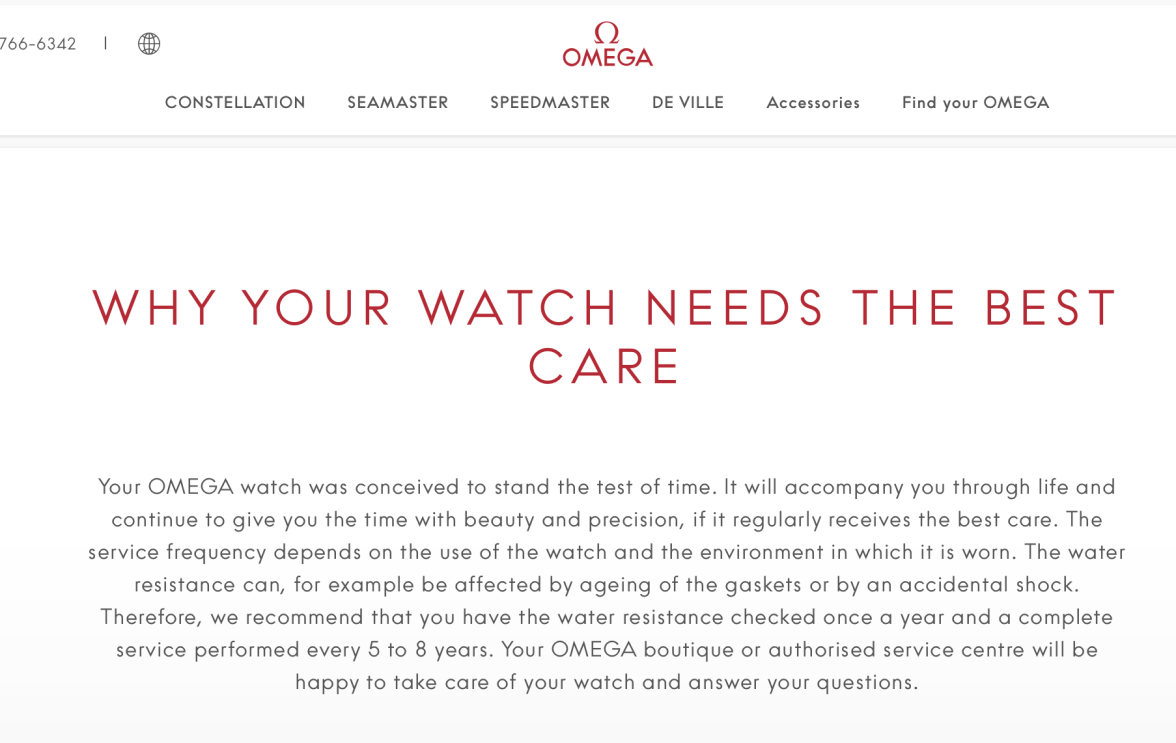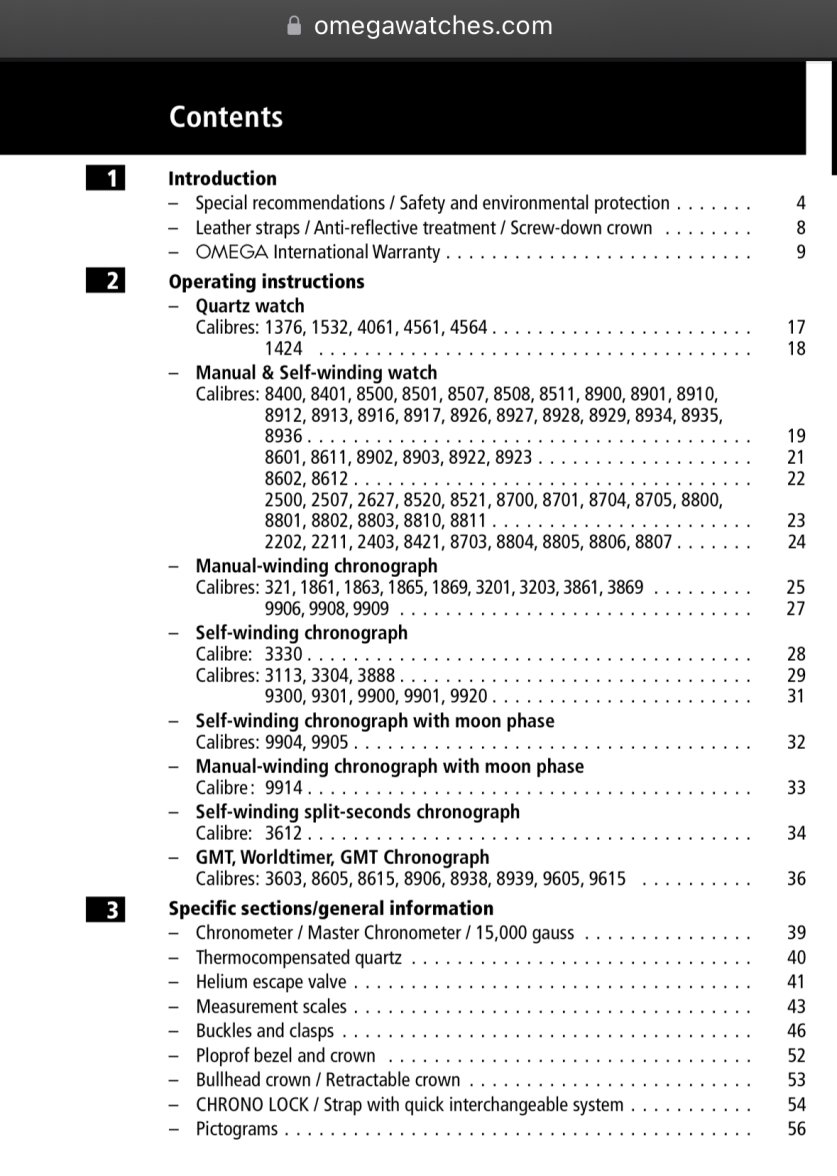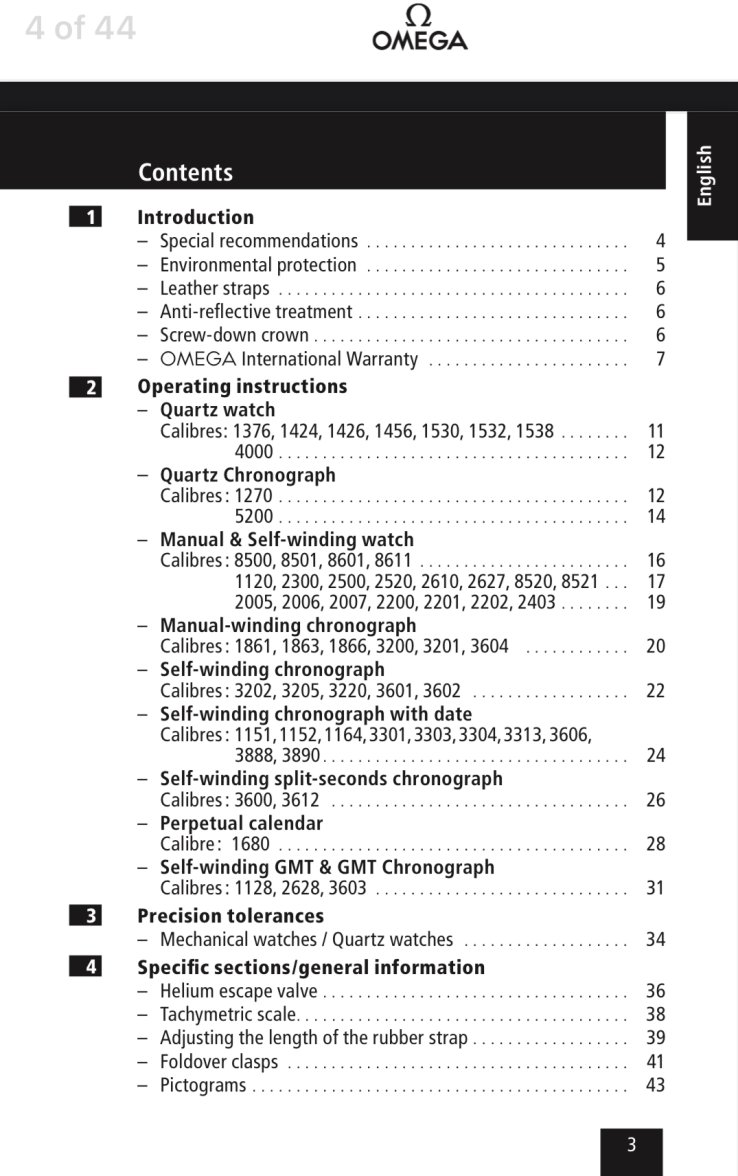- Posts
- 118
- Likes
- 25
Speedy13
·The thread got hijacked a bit by people opining about the escapement (I’m partly to blame for that). But there was indeed a clear answer:
Fasoldt invented an escapement that was technically “co-axial,” yes, but quite different from what we and Omega mean by “co-axial escapement”; Daniels invented and patented the Omega device—it’s not ambiguous.
however, I have heard that nowadays Omega is using the co-axial that looks like Fasoldt escapement
To me it looks like Daniels patented the new escapement but this escapement was more about theoretical use and in real use Omega changed it seriously actually to the level of Fasoldt. It sounds that technology is not unique and is not patented recently. Sorry, I did hear that from one of my local watchmakers and I couldn’t argue with him enough, because he is more experienced person. He means Omega escapement is different and no benefit vs other escapement + escapement modified closer to Fasoldt and patent was a joke, because no real use “patent” in Omega.
That’s the question




